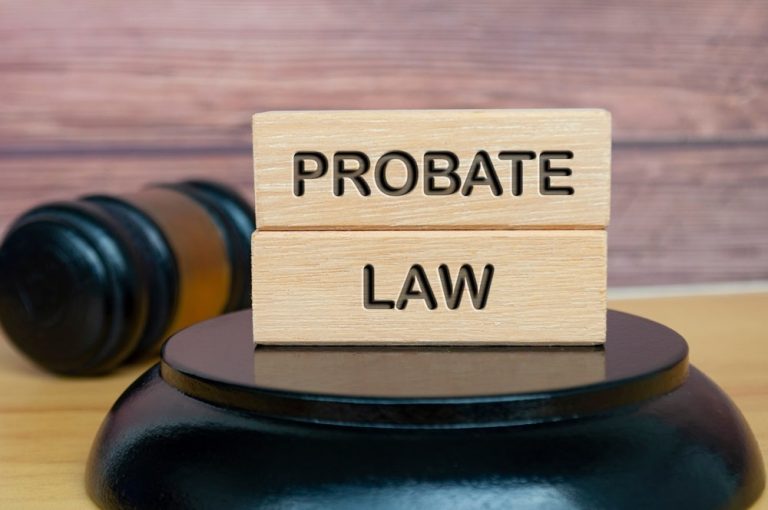Dog bite cases in Westchester don’t play out the same way they do on TV. New York follows a hybrid system that mixes strict liability with the familiar “one-bite rule,” and the difference can determine whether someone recovers only medical costs or full compensation. This guide breaks down how liability really works in Westchester, the evidence that moves insurers, what damages are available, when landlords can be on the hook, and what recent public-health reporting suggests about canine incidents in 2025.
The “one-bite rule” and its impact on proving owner negligence
New York’s approach to dog bites is often called a hybrid of strict liability and negligence, different lanes for different damages. Under Agriculture & Markets Law §123, when a dog is deemed “dangerous,” owners are strictly liable for a victim’s medical costs. For everything beyond medical bills, pain and suffering, scarring, lost income, the injured person still has to prove negligence or that the owner knew (or should have known) the dog had “vicious propensities.” That’s where the one-bite rule comes in.
What counts as vicious propensities? Prior bites, lunging or snapping, a history of attacking other animals, menacing behavior requiring restraint, or a need for muzzling can be enough. Proof doesn’t need to be a prior bite alone: documented aggression, training notes, or neighbor complaints may do the job. If an owner had notice of such behavior and failed to take reasonable steps, like leashing, securing a yard, or warning visitors, negligence becomes far easier to show.
How this plays out in Westchester:
- Local leash and restraint ordinances: Many Westchester municipalities require dogs be leashed in public areas and secured on private property. A citation or proof of an ordinance violation can be persuasive evidence of negligence.
- Dangerous-dog proceedings: After a serious incident, police or animal control may initiate a dangerous-dog hearing. Findings from these hearings (e.g., classification of the dog, required confinement) can support strict liability for medical costs and bolster negligence claims for broader damages.
- Comparative negligence still matters: New York follows pure comparative negligence. If a victim approached a clearly restrained dog even though a warning, or provoked the animal, a jury can reduce recovery proportionally, but it doesn’t bar the claim outright.
Timing is critical. In most Westchester dog bite cases, the statute of limitations for personal injury is three years from the incident, but claims involving municipalities trigger much shorter notice requirements. A Dog Bites Attorney Westchester will typically move quickly to lock down records, ordinance citations, and dangerous-dog findings while memories are fresh.
Evidence that strengthens claims: photos, witness statements, and vet reports
What convinces insurers and, if necessary, juries? Specifics. The best Westchester outcomes tend to come from disciplined evidence work in the first 48–72 hours after the incident.
- Photos and video: Clear images of puncture wounds, bruising, torn clothing, blood at the scene, and broken fencing or leashes help illustrate force and mechanism of injury. Time-stamped smartphone photos taken immediately and then again as swelling or infection develops tell a fuller story. Nearby doorbell cameras or traffic cams can capture the approach and attack, counsel will often canvas the block to locate footage.
- Medical records: ER notes, triage photos, tetanus and rabies prophylaxis, plastic surgery consultations, and physical therapy plans establish the seriousness of the injury and the reasonable necessity of care. If scarring or nerve damage is expected, surgeon and dermatologist reports support future damages.
- Witness statements: Neighbors, delivery drivers, or dog walkers often saw the dog off-leash before, heard warnings shouted, or observed the owner’s difficulty controlling the animal. Prompt, signed statements carry weight, especially if they also describe prior incidents or complaints.
- Animal control and police reports: In Westchester, animal control responses may document leash-law violations, quarantine instructions, and prior calls to the same address. A citation isn’t required to win, but it strengthens negligence arguments.
- Vet and vaccination records: The owner’s dog’s veterinary records can confirm rabies vaccination status and sometimes reveal behavioral notes or referrals for aggression. Even where detailed notes aren’t available, proof of past muzzle recommendations or training referrals can be telling.
- Property and maintenance evidence: Broken gates, unsecured yard gaps, or failed latches photographed the same day can turn a he-said-she-said into a clear negligence picture.
Chain of custody and preservation matter. Saving torn clothing, documenting cleanup (or lack thereof), and retaining medical billing statements helps quantify losses. A Dog Bites Attorney Westchester will typically send preservation letters to owners, landlords, and camera owners to prevent deletion of valuable footage. See more on gathering early evidence in local bar association consumer guides and county public-safety resources.
Compensation categories for medical bills, scarring, and trauma
Compensation in Westchester dog bite cases usually flows from homeowners or renters insurance, and sometimes umbrella policies. The types of damages depend on proof and the nature of the injuries:
- Medical expenses: ER care, stitches, imaging, antibiotics, rabies prophylaxis, follow-up visits, plastic surgery, and physical therapy. Under New York’s scheme, medical costs are recoverable, with strict liability applying once a dog is deemed dangerous, though insurers frequently challenge necessity or pricing, so complete documentation is key.
- Lost wages and diminished earning capacity: Time off for treatment, recovery, and specialist visits. For tradespeople and gig workers, calendars, job tickets, and 1099s help quantify losses. If nerve damage or functional loss affects job tasks, an expert may project future earning impacts.
- Pain and suffering: Bites often cause severe pain initially and lasting hypersensitivity, especially in hands and faces. Scars can be tender in cold weather or sun.
- Scarring and disfigurement: In New York, visible scarring has standalone value. Plastic surgeon opinions and high-quality photographs under consistent lighting are persuasive.
- Psychological trauma: Many bite victims develop anxiety around dogs, startle responses, nightmares, or avoidance behaviors. Therapy records, diagnoses of acute stress disorder or PTSD, and medication histories support claims. Children may require play therapy: documenting school impacts (attendance notes, counselor records) helps.
- Out-of-pocket costs: Transportation to appointments, wound care supplies, scar silicone sheets, compression garments, and childcare during treatment.
- Future medicals: Scar revision procedures, laser treatments, or tendon release surgeries may occur months or years later. Opinions on timing and cost from treating specialists should be gathered early.
Insurers often raise defenses about trespass, provocation, or assumption of risk (e.g., professional groomers or walkers). New York’s comparative negligence framework means these arguments may reduce, but rarely eliminate, recovery when owners violated leash rules or ignored known risks. A focused damages presentation, medical timelines, before-and-after photos, and mental-health narratives, usually drives fair settlement values.
Legal responsibilities of landlords and property managers in animal cases
Landlords and property managers in Westchester aren’t automatically liable for a tenant’s dog. But they can be on the hook when they had both knowledge of the animal’s vicious propensities and enough control to remove or restrain the risk, and failed to act reasonably.
Key factors courts consider:
- Notice: Prior complaints from neighbors about lunging, repeated off-leash common-area incidents, bite reports on the premises, or management’s own observations. Emails to the leasing office and incident logs matter.
- Control: Lease clauses allowing pet restrictions, removal after a bite, or mandatory insurance: the ability to enforce leash rules in common areas: authority to repair or secure fencing.
- Foreseeability: Recurrent warnings about an aggressive dog ignored by management make subsequent incidents more predictable, and preventable.
- Common-area hazards: Off-leash dogs in lobbies, hallways, elevators, or courtyards, or broken gates that let dogs bolt into public spaces.
Practical takeaways:
- After notice, reasonable steps might include written warnings, requiring muzzling in common areas, mandating training, repairing gates, or, in severe cases, requiring removal under the lease.
- Condo/HOA boards with pet rules face similar duties where they possess enforcement power.
- Commercial settings, groomers, kennels, veterinary offices, have specialized standards of care. While workers face assumption-of-risk arguments, owners and operators must still use proper restraints, signage, and protocols.
For victims, investigating landlord involvement can open an additional insurance policy and a path to fuller compensation. A Dog Bites Attorney Westchester will typically request leases, pet addenda, complaint logs, and surveillance to evaluate landlord exposure.









